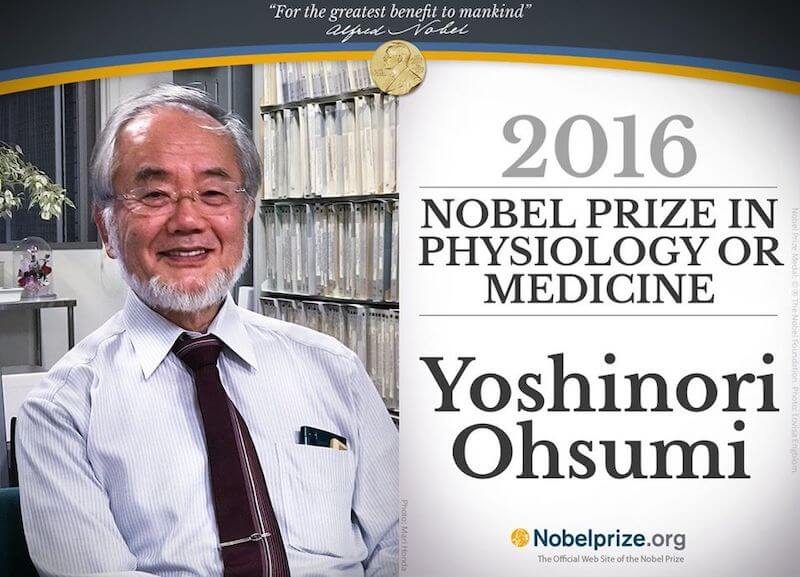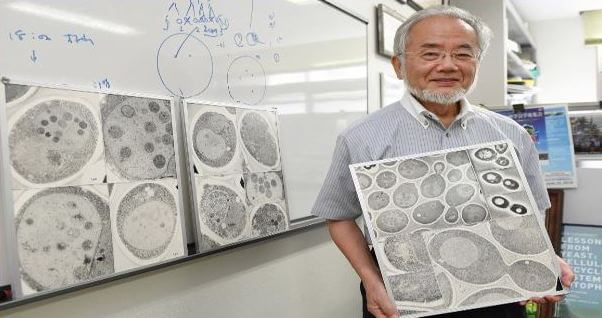Autophagy, a discovery interesting to ASEA Associates
DID YOU KNOW that in 2016, the Nobel Prize in Medicine was awarded to Biologist Yoshinori Ohsumi for his important discoveries related to “autophagy”? This discovery is interesting to many ASEA Associates.

Unless you’ve studied cell biology, you may have never heard the word “autophagy”. But this is a word many people learned from headline news when this 2016 Nobel Prize in Medicine was awarded.
What is autophagy?
DID YOU KNOW that scientists studying cell behavior in the 1960s found that a cell could destroy part of its own contents by transporting it to another compartment (called the “lysosome”) for degradation? This process was called autophagy or ”self-eating”. Yoshinori Ohsumi’s groundbreaking discovery demonstrated that the lysosome “wasn’t a waste dump. It was a recycling plant”. He showed that autophagy is not just a process of dumping waste product but a process that breaks down and recycles cellular components.
And what is recycling? “The process of converting waste materials into new materials and objects.”

The Nobel Foundation went on to describe diseases that have been linked to disrupted, inefficient autophagy. Autophagy is the sole known mechanism for mitochondrial turnover.
DID YOU KNOW that anyone interested in ASEA Science should find this interesting? Why?
- Redox signaling molecules were also once misunderstood and thought to be useless waste byproducts of cell metabolism – just as the lysosome was once thought to be a dumpster instead of a very critical “recycling plant”.
- The mitochondria themselves (which are recycled during autophagy) also break down or “recycle” something during their life. Using the water and salt molecules inside the cells, the mitochondria create something new: a balanced supply of entirely new molecules, molecules that are in ASEA, molecules critical to maintaining homeostasis and the body’s ability to repair itself.
- Just as diseases have been linked to a disrupted, inefficient process of autophagy “recycling”, diseases also have been linked to a disrupted, inefficient process of “recycling” (reusing) the cells’ water and salt in order to make redox signaling molecules.
